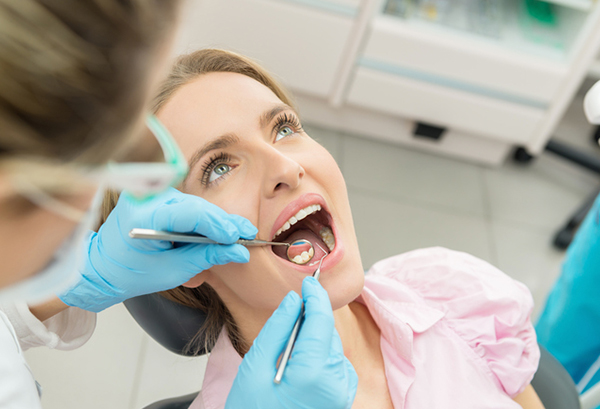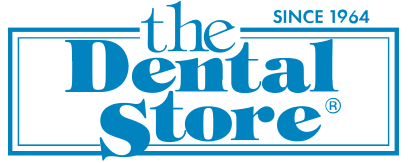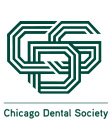
Did you know that oral cancer kills one person every hour in the United States? Every year, oral oropharyngeal cancer affects close to 50,000 Americans.
Easy Oral Cancer Screenings
The good news is your dentist and dental hygienist at the Dental Store are trained to look for oral cancer and any signs of tissue change in your mouth. Furthermore, screenings are painless and take less than two minutes to complete.
At your routine preventative hygiene appointment, they perform a head and neck exam as well as an oral cancer screening. Doctors and hygienists can feel for any swollen glands, lumps or bumps that should not be there. They can identify and differentiate between traumatic or possibly cancerous lesions.
Often, the patient cannot see lesions. Early diagnosis is the key to increasing the success of treatment. A doctor can notice small tissue changes and can recognize oral cancer in the early stages. If you do notice a lesion in your mouth that has not gone away after two weeks it is very important to call your dentist for an evaluation and screening.
What exactly happens during oral cancer screenings?
Extraoral Exam
- Your dentist will look at your face and neck. They are looking for swelling, skin abnormalities and moles.
- They observe your lips and and outside of your mouth for any chapping, moles or color changes.
- The doctor or hygienist palpates under your chin and down your neck to see if any of your lymph nodes enlarged or feel abnormal. The thyroid gland, located in your neck, is also felt for any swelling or asymmetry.
Intraoral Exam
- The dentist looks at the labial mucosaour by pulling lips up and down.
- The dentist uses a mirror to look at your cheeks and palate. Also, they may ask you to say “Ah” while sticking your tongue out to view your oropharynx, uvula and tonsils.
- You will be asked to stick your tongue out and then the doctor will pull your tongue to the right and left to examine the lateral borders. They will ask you to point your tongue up to look at the floor of your mouth.
Prevention Is Key
If the dentist or hygienist notice anything abnormal he or she will take an intraoral photograph of the lesion. A measurement will be taken and they may recommend further testing via adjunctive screening tools, biopsy or referral to an oral surgeon for a consultation.
Be sure to schedule your routine preventative hygiene appointment today.




